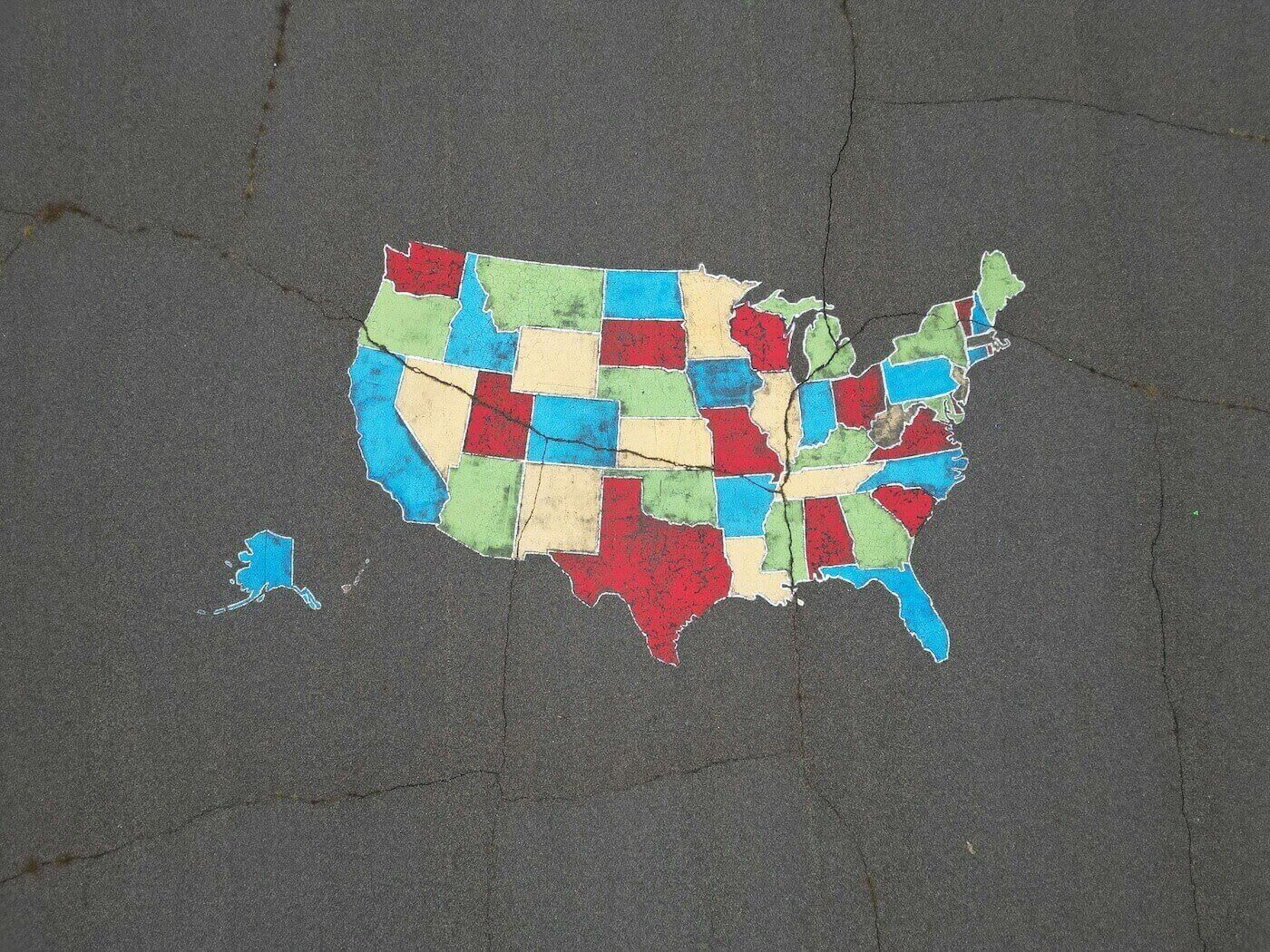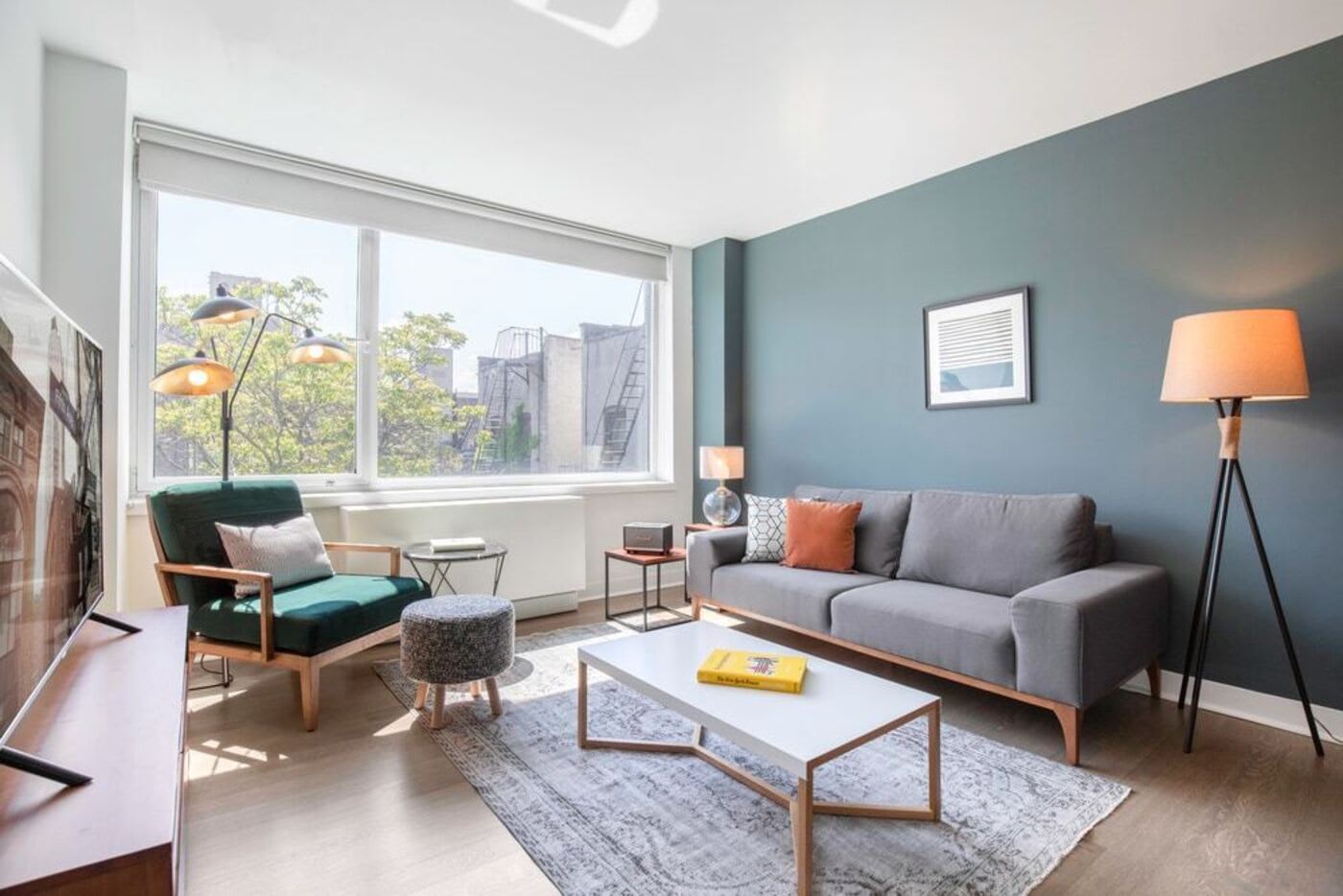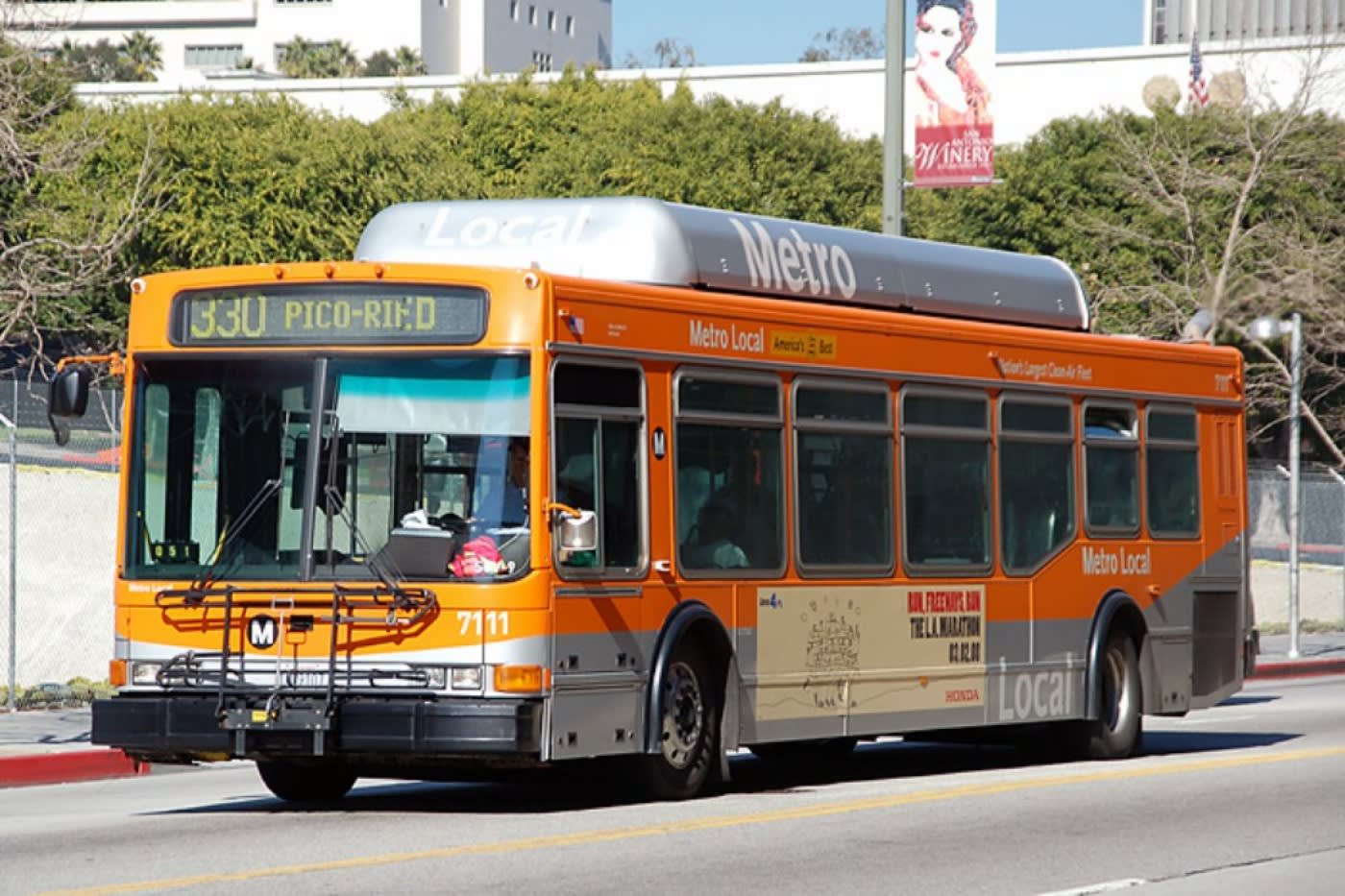Your essential guide on how to move to another state
Keep these things in mind as you relocate to a new city.

Maybe you’ve already decided to relocate. Maybe you’re considering it. Whatever the case, it’s a big decision that requires a lot of planning and thought. In this guide on how to move to another state, we’ll cover a bunch of topics: jobs, finances, schools, transportation, and so much more.
If you’re moving to a major city in the United States, perhaps the easiest way to find a home is through Blueground. It’s the largest, curated network of furnished rentals in the world, with over 15,000 move-in-ready apartments in over 30 cities globally. Blueground’s long-term housing program, Live@Blueground, lets you to save more and stress less when you stay for a year of longer.
Researching potential destinations

So…where do you want to live? There are 50 options, so maybe a better question is: Where don’t you want to live? Once you cross several states off your list, it’s time to dig deeper. Sure, you may know the reputation some states have, but those aren’t always 100% accurate. Our biggest piece of advice? Research, research, research.
Be sure to utilize online resources. For example, read through state rankings provided by reputable online magazines. Each of these rankings has distinct criteria, so take that into account as well. Another way to determine your next destination is to ask others. See if any of your friends have firsthand experience living elsewhere. Their insider knowledge is invaluable.
Last but not least, some states and cities even provide relocation incentives. What does that mean exactly? They pay you to move there! If you aren’t dead set on a specific state or town, a cash incentive can help make the decision easier. At the end of the day, however you make your decision, the process should be more sophisticated than “eeny, meeny, miny, moe.”
Financial considerations

Want to see how far (or short) your dollar will go in another city? Sites like NerdWallet, Bankrate, and Forbes provide cost of living analysis. Just plug in a few details and you can better understand if you’re getting a bang for your buck or not. This is especially important to know if you’re comparing two or three places.
Remember to budget for moving expenses. That could include a moving truck and boxes as well as cleaning services for your current home, storage services, and more. On the flip side, you can earn a few extra bucks by decluttering before moving and selling some of your possessions. When you move into a furnished apartment with Blueground, you get access to exclusive guest perks. Some of those include discounts on moving and storage services.
Job opportunities

Moving for work is one of the main reasons people start living in a new city. Do you already have a gig lined up or are you searching for one? Either way, you’ll need to get a sense of the opportunities in your area of employment. To do this, look at online job sites, like Indeed, Monster, and LinkedIn. But don’t just look at current openings. You’ll get a better idea of the big picture by looking at jobs from the past year that have been filled.
If you’re able to work remotely, the possibilities are endless. You can move practically anywhere. Just be sure to find a home where you can work comfortably. For example, Blueground’s move-in-ready apartments are laid out by interior designers and have excellent work-from-home setups.
Housing options

To rent or to buy? That’s the question. Whether you stay in a house or apartment, owning vs. renting is a decision you’ll have to make. One of the biggest hangups with owning is that you’ll be responsible for all of your home’s maintenance and repairs. That can either mean spending lots of money on repair services or spending lots of time fixing the issues yourself. Renting is advantageous in that the landlord is in charge of your home’s upkeep. Additionally, places like Blueground offer flexible lease terms, giving you the opportunity to stay for a month, a year, or longer. This can be a great option for those who want to try out a neighborhood for a few months before fully committing to a long-term contract.
Location, location, location also comes into play with your real estate choice. Every neighborhood has a different personality. Some are historic. Some are close-knit. Others are trendy and energetic. What kind of vibe appeals to you? Look at different neighborhood descriptions and maps online to understand what’s in that area or easily accessible.
Education & schools

No matter if you have kids or you’re a university student looking for modern, off-campus housing, the nearby schools are important. Be sure to find out what school districts any potential home would be in and research the statistics about the district’s schools. That might mean test scores, teacher-to-student ratios, average money spent per student, extracurricular activities, and more. Your children’s education is a huge factor when considering how to move to another state.
Healthcare access

Being a close distance from a hospital can be a matter of life and death. Seriously! It’s vital that you at least realize how close your new home will be to the nearest one. Some states or cities could also feature special medical facilities you may need access to as well.
Before or right after you move, remember to secure your new healthcare providers: doctors, dentists, pediatricians, and any other specialists you require. Many healthcare providers don’t take on new clients, so you should reach out sooner rather than later. This will help you land new doctors, dentists, etc. quickly after you change states.
Legal & administrative tasks

Relocating to another state is really exciting, but there’s also some adulting that needs to be done. While it’s boring and tedious to take care of this stuff, it’s also really important. Some of the actions you’ll need to take are to:
- Update your driver’s license
- Register your vehicles
- File a change of address with the United States Postal Service
- Let your employer and insurance companies know
- Transfer your medical records to new healthcare providers
- If you have children, transfer school records and register them in new schools
- Update your address with banks, credit card companies, the IRS, and state tax authorities
- If you hold any professional licenses, apply for licensure in the new state
Cultural adjustment

America is referred to as a “melting pot” for a reason. There are all types of people all over the country! Plus, there are regional differences as well. When you’re thinking about how to move to another state, the first things that might pop into your head are probably physical or logistical changes. But spend some time considering cultural changes, too. After all, your new home state may feature more or less certain languages, religions, sports, foods, arts, and holidays. It can be shocking if you aren’t ready for it. However, part of the fun of moving is embracing these new customs and starting new traditions.
Although you may feel homesick for your previous residence, there are ways to adjust more easily. Bring some of your unique experiences along! Cook a meal that reminds you of your past home. Hang a work of art that reminds you of the last state or city you lived in. Wear that sports jersey you love. A little nostalgia never hurt anyone.
Transportation logistics

Look into the public transportation options in your new state and city. Is there a good subway system? Do the buses run on time? Prepare for your move by doing a little research on Reddit or finding online reviews, so you get honest advice from real people. What you discover may impact whether you need to bring a bike, get a car, or opt for ride-share services.
Another couple of things to look at? Your best routes and the traffic you may encounter. It may only be a short drive from your apartment to your office, but bumper-to-bumper traffic can throw a wrench into your commute. Get a sense of how good or bad traffic can be. Armed with this information, you can come up with alternate routes or even completely change your transportation plans.
Climate & weather considerations

It’s amazing how much the weather impacts our everyday lives. That’s why it’s crucial to know what to expect weather-wise in your new location. However, that involves more than just checking out the monthly high and low temperatures.
Are there seasonal patterns? If so, that’s going to influence what you pack or need to purchase. Moving to a beachside apartment in Miami? You’d better have sunscreen, sandals, and tank tops. Staying in a constantly drenched home in Seattle? An umbrella, raincoat, and rain boots are essential. Don’t forget, the weather also influences how you maintain vehicles, how often you can enjoy a balcony or swimming pool, and so much more.
Going for a big change in scenery? A wide swing from a southern state to a northern one or a coastal city to an inland suburb makes a huge difference. It’s one thing to know about the scorching summers in Texas or brutal winters in New York, but it’s way different actually experiencing them. Do your best to prepare!
Safety & security

What are the crime statistics in the state? In the city? Are the parks well-lit? Is there a high police presence? Assessing crime rates can possibly encourage or discourage you from relocating to certain states. Do some research online or find local groups who may be knowledgeable about these issues. It’s always a good idea to take precautions in unfamiliar places. After you’ve settled in somewhere, you can slowly start exploring more and more of your new neighborhood and city.
Family & pets

Before you move to a new state, make a list of what your family needs. If possible, also try to rank your list from most important to least. For instance, think about the location.
- Do you need to live close to a specific hospital for medical treatments?
- Is it necessary to live in an apartment building with an elevator so an elderly family member can get around easier?
- Should you live in between where you and your partner work, or closer to one office than another?
There are even more things to consider if you have children. You may need to research how common three-bedroom homes are in the area you want to live in. Looking into the local schools is another major thing to do. And don’t forget about your pets! Google to see if there are dog parks and highly rated vets nearby. Companies like Blueground offer thousands of pet-friendly furnished apartments in the United States where you can live for a month, a year, or longer.
Ready to make your move to a new state?

The USA is a place of possibilities. If you’re set for a change of scenery, we hope the recommendations in this guide help. There’s a lot to think about, but we encourage you to do tons of research. Moving is at once exciting and scary. That’s why an apartment provider like Blueground, with thousands of furnished homes in the USA, helps. They take the stress out of your move thanks to apartments of all shapes, sizes, and locations.








